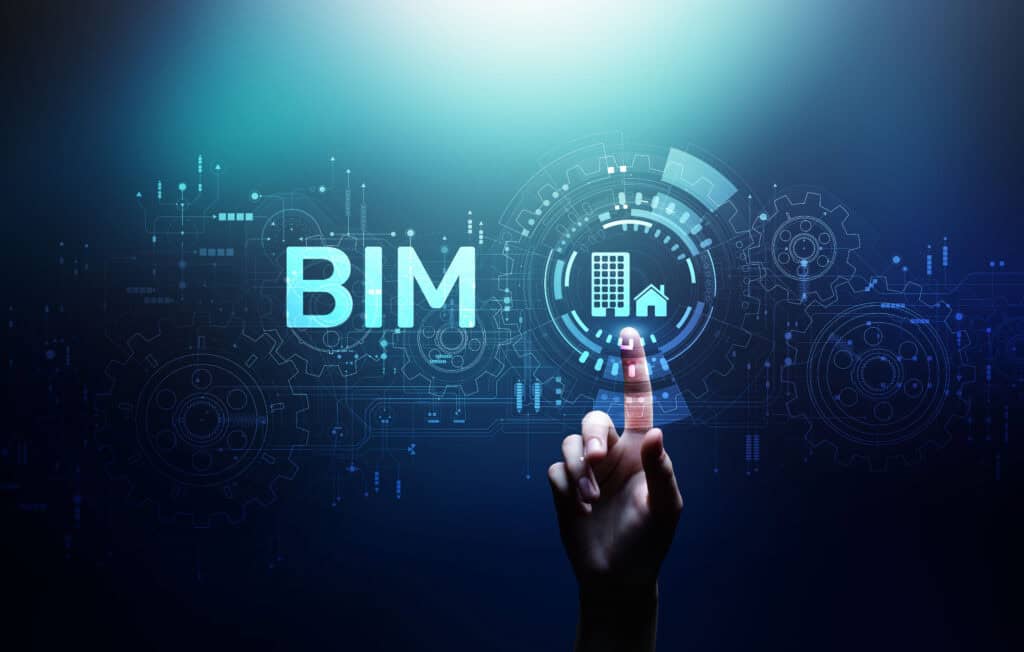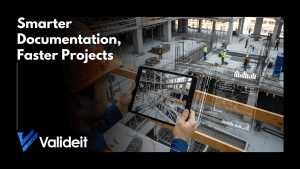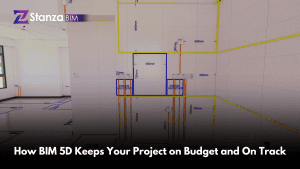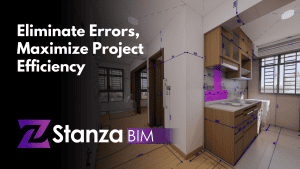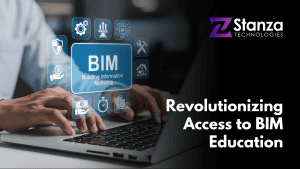Accurate modeling means less efforts and mistakes. Increase productivity and data accuracy have been the targets in built environment industry. Accurate modeling production easily calculates cost estimates and even generate huge amount of data which minimize time and cost of a project that resulted into ease of doing business where Building Information Modeling (BIM) takes in.
BIM is a mechanism which involves designing, constructing and managing an infrastructure collaboratively using an advanced linked digital model towards achieving the Level of Development (LOD) Specifications.
The first BIM concept was emerged in 1984 and was first presented in the market in 1992, it was popularized over 10 years later. Today, it has become pivotal in Built Environment Industry. It must be noted that BIM does not only be applicable for huge projects but is beneficial for different types of infrastructure which was proven in Germany when they had BIM regulation on transportation process in 2020. As of 2021, 73% of construction companies in UK already utilized BIM.
What is BIM?
When referring to Building Information Modeling (BIM), we pertain to a technologically advanced methodology which creates and manages the digital building model of any project during its full life cycle.
BIM is technology, technique and process wrapped into one. In the fast-changing demand of the Built Environment Industry, it is a must to upgrade processes and invest in appropriate technology that would uplift company’s productivity with efficiency and improved outcomes.
BIM provides efficient plans, design, construction and management which resulted to less rework, high productivity and faster return of investment. This has become the primary point of evolution in the built environment industry. With its efficiency, BIM is now considered as the main trend in modern construction technology today as it involves the complete package of set of interactions and collaborations among all the personnel involve in digital format.
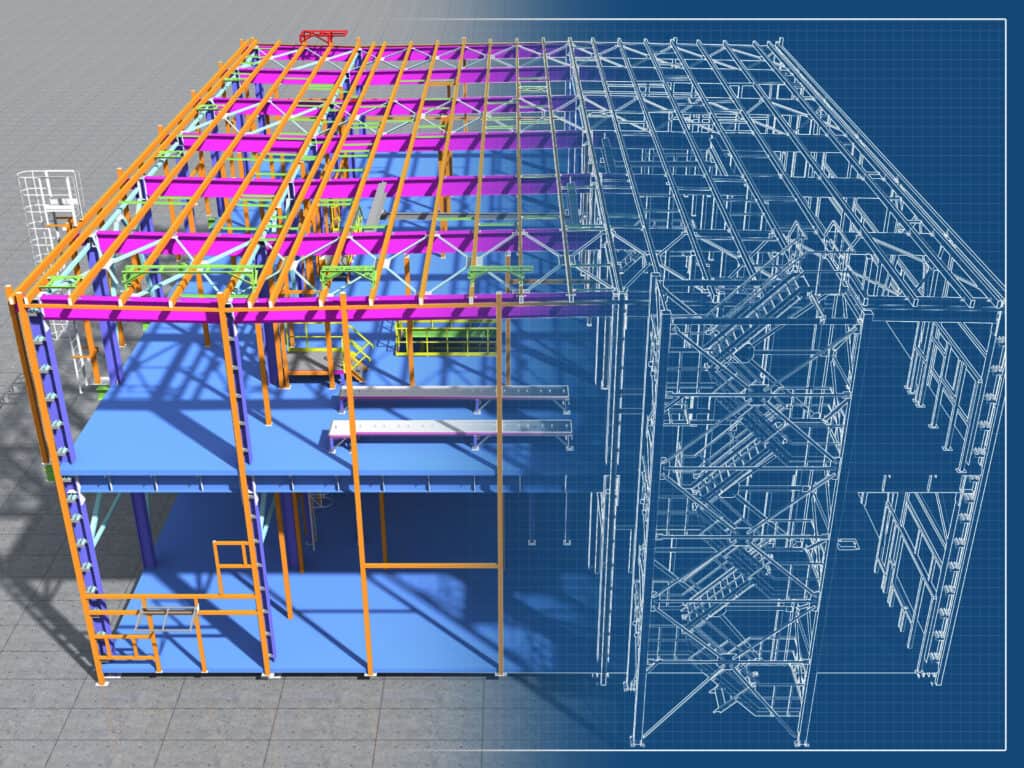
How far does BIM go in Built Environment Industry?
The industries today have becoming more technologically demanding. With increasing advancement in various industries, built environment industries must also be upgraded. With these, major countries started the adoption of BIM that would help them create a strong foundation on the infrastructure aspects which set a standard to others. As of 2021, Spain, Europe, Australia, United States, South America and Canada were notable countries which invested in utilizing BIM amongst their infrastructures.
In 2015, Singapore adopted BIM mandatory implementation through the construction authority of Singapore for all the projects greater that 5000 sq. mts. This step was to give focus on the digitalization of Singapore’s construction industry which has shown productivity right after the adoption of BIM.
With the mandate of adopting BIM in emerging projects by the governments and the benefits it offer, the BIM global market is projected to increase.

Challenges of Built Environment before BIM
Incompatibility IT systems involving lots of problems on file and data was considered as one of the challenges faced by the Built Environment Industry before the implementation of BIM. Because of this, issues in communication and record keeping were also present. Aside from the fact the communication is important in the full cycle of the project, there is a less assurance in the efficiency of work. Moreover, extensive use of paper, data security, loss of revised documents, limited project records and most specifically No Central Model containing all project information brought the Built Environment Industry lots of errors during and after the project construction.
Best results BIM can offer
BIM offers an enormous capacity of improving construction production and cost by. BIM instigates all means and possibilities in Built Environment Industry, making designing, constructing and managing an infrastructure efficient from the beginning until the end of the life cycle.
BIM adoption for any project means:
- Quality Assurance
- Collaborative Communication
- Having Single – Source – of – Truth
- Data Security
- Compatible IT Systems
- Less Rework
- Organized Facility Management
- Cost Efficient
- Improved Construction Process
- Increased productivity
How does StanzaTech Asia help to maximize the use of BIM
To respond to the demand of the Build Environment Industry and address the issues that are currently existing in construction, one must invest to a more technologically advanced mechanism that would support and eventually be a partner in achieving certain targets. With this, StanzaTech Asia provides innovative schemes to maximize what BIM can fully offer through unified services leading to ONE BIM IN ALL PROJECT STAGES.
StanzaTech Asia has the full capacity to connect Virtual Design and Actual Construction in a Fully Integrated Process efficiently through BIM Systems and Strategy Development and BIM Support.
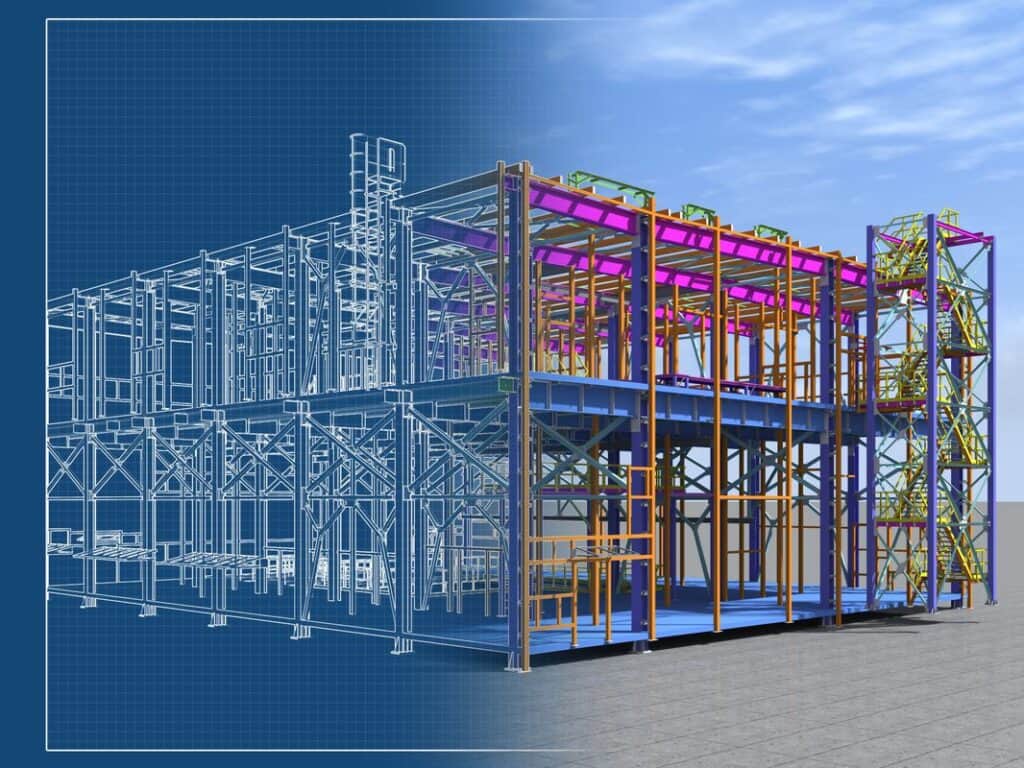
BIM Systems and Strategy Development
Through BIM Management, StanzaTech Asia develops EIR’s, BIM General Specifications, BIM Implementations and Execution Plans, and recommends BIM Quality Management Strategy in accordance with the essential information requirements and specifications.
BIM Coaching
Proper handling of BIM processes in its full life cycle to increase productivity is one of the challenges a company might take. StanzaTech Asia specializes in building customized BIM and VDC training courses curriculum to address necessary skills gap within your company. The training can be performed both on-site and remote through eTraining depending on the needs and requirement set by your company.
BIM Production Support
BIM full life cycle is not complete without its product. StanzaTech Asia provides mechanism in adoption and implementation of all dimensions (2D/3D/4D/5D/6D) of BIM, VDC and all its various levels of development (LOD) and Level of Information (LOI).
Recommendations in the adoption and implementation of BIM with the support of StanzaTech Asia?
BIM Technology is existing and inevitable. It has the full capacity to change how Built Environment Industry is working in the 21st Century where digital transformation is in its highest demand. The challenge is the accuracy of the utilization of this mechanism be implemented and executed to transform processes to create productive results.
